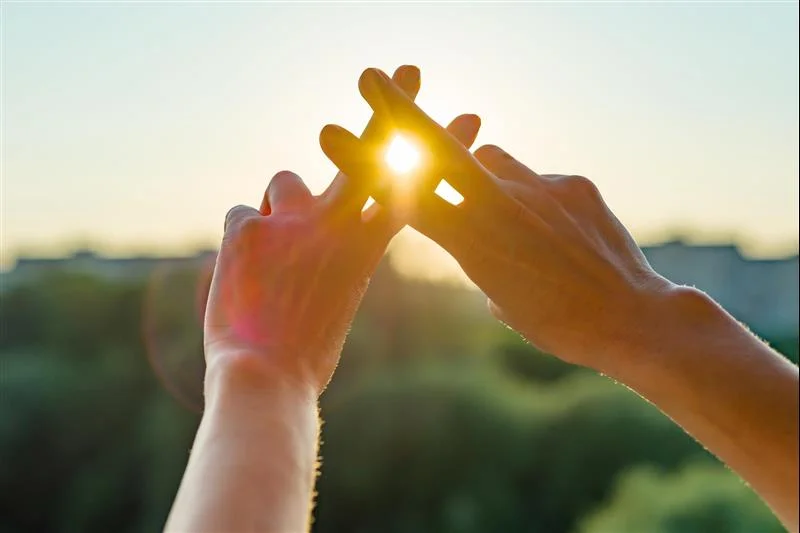Hashtags work in a different way on Facebook. This is because Facebook is much more focused on people, including those with private profiles. These hashtags are often used to express emotion rather than to promote an event or group; although not exclusively. For example, a user might update their status as receiving a promotion or getting a new job so they could tag that post with feeling #blessed or #overjoyed.
Note that 65 percent of Facebook's users are 35 and older. Consider marketing on Facebook if your target demographic is 35 or older.
Facebook is the place to search for people or brands that you like. But that doesn't mean hashtags don't have a place on the platform. A brand can create its own hashtag link and associate it with every post. This way, if clicked on, this hashtag will take the user to a playlist of all their posts using this hashtag, thus giving them a greater understanding of the brand. If you are going to create a social media account, planning a multi-post campaign is a great first step.
Marketing is building a relationship with an audience. They want to be fed content more than once. A commonly held belief in the advertising industry is that an individual needs to see an ad seven times before they will act on it. Sometimes referred to as the "Seven Times Factor", research has shown that you need to see an advertisement seven times before you even notice it. Planning a series of posts with the same hashtag is a great way to accomplish that on the most popular social media platform, Facebook.



